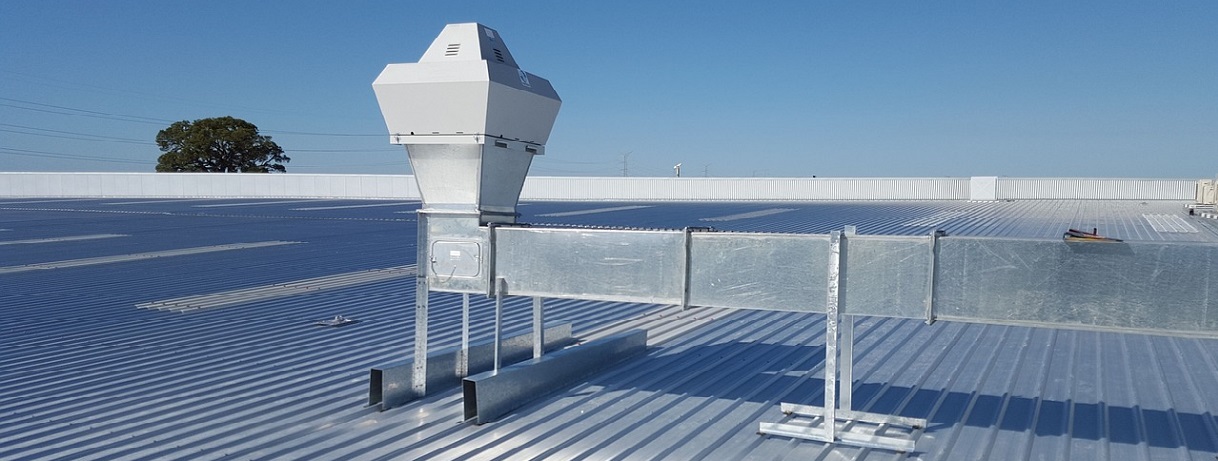Advanced cooling challenge

Electricity demand for air conditioning is huge—and getting bigger every day. For example, the additional electricity demand generated by new in-room air conditioners purchased between 2010 and 2020 is projected to grow to more than 600 billion kilowatt-hours globally by 2020. This growth poses a challenge to electricity grids already struggling to satisfy existing demand.
Goals
The AC Challenge urges governments and industry to develop and deploy at scale super-efficient, smart, climate-friendly, and affordable cooling technologies that are critical for prosperous and healthy societies.

The opportunity
The campaign challenges governments, companies, and other stakeholders to make, sell, promote, or install super-efficient air conditioner or cooling solutions that are smart, climate-friendly, and affordable. The campaign seeks commitments, supporting actions, and endorsing statements from energy and related government agencies, public sector organizations, manufacturers, retailers, institutional buyers, and foundations.
- Make a commitment to research and develop next-generation super-efficient and low-global warming potential (GWP) air conditioning appliances and other cooling equipment and to rapidly make them available worldwide at affordable prices.
- Commit to installing high efficiency, smart, and climate friendly cooling equipment.
- Join governments implementing policies to stimulate demand through energy efficiency labeling and promotion efforts, procurement and energy efficiency challenges and prizes, or other market transformation programs.
- Set the course for the future by investing in research for breakthrough cooling solutions and participating in an AC prize design competition.
- Contribute to the development of a Global AC Market Tracking Tool that contains financial and technical data from the world’s fastest-growing markets and top-performing models.
- Become an inaugural member of the Advanced Cooling Buyer’s Club to demonstrate market demand for super-efficient, low-GWP cooling equipment.
- Support capacity-building programs to generate the policies to transform air conditioning markets in one or more regions.
The AC Challenge builds from work taking place in the CEM’s Super-efficient Equipment and Appliance Deployment (SEAD) initiative.
Recognition
By participating in the campaign, organizations can:
- Join energy ministers from the CEM’s 25 member governments, along with international partners, to make commitments toward the AC Challenge to drive awareness, international collaboration, and innovation.
- Be recognized as a market leader for developing solutions to meet global cooling demand sustainably.
- Shape the specifications for the AC prize being discussed and developed across multiple markets.
- Raise awareness and acceptance of new market designs and models.
- Gain access to the Global AC Market Tracking Tool, which contains financial and technical data from the world’s fastest-growing markets and top-performing models.
- Take advantage of the new and expanded R&D commitments and collaborations among governments and industry to develop the next generation of cooling technologies.
- Be part of delivering on respective and shared climate and clean energy goals.
Be a part of the CEM’s AC Challenge.
The coalition
The AC Challenge’s founding members include the United States, India, China, Canada, and Saudi Arabia who have committed to implementing policies to stimulate demand through energy efficiency labeling and promotion efforts, procurement and energy efficiency challenges and prizes, or other market transformation programs. CEM calls on other governments and businesses to enter the AC Challenge and make their own commitments.
Many companies and businesses have already responded to the call-to-action issued by the CEM AC Challenge, including Ingersoll Rand, Honeywell, Danfoss, Goodman, Daikin Applied, and the San Francisco International Airport. The AC Challenge also received supporting commitments from leading organizations, including the Children’s Investment Fund Foundation, the Institute for Governance and Sustainable Development, the ClimateWorks, the Natural Resources Defense Council, and the United Nations Environment Programme.
Since the seventh Clean Energy Ministerial, AC Challenge participants have worked hard on their advanced cooling product goals. Recently, several participants reported on their accomplishments, including the following:
- Daikin sold over 10 million ACs that rely on climate-friendly refrigerants.
- Policy development and technical assistance projects in nearly 20 countries across four regions (Southern Africa, Southeast Asia, Pacific Islands, and Central America).
- Seven new energy-efficient and climate-friendly product series have been deployed by two participating manufacturers (TORO WATT and Ingersoll Rand).
- Participating manufacturers have launched production of new climate-friendly refrigerants and are testing energy-efficient HVAC components to release in the United States and beyond.
See each box below for full descriptions of commitments and 2017 progress updates. Read more about the original commitments to the campaign made in 2016 in the Advanced Cooling Challenge CEM7 Press Release.
The AC Challenge has developed the AC Market Tracker to show the status of cooling products in participating countries and beyond. It is an online tool that contains data on cooling products, such as energy efficiency, refrigerant, price, price versus efficiency and capacity, and so on. Policy makers, industry stakeholders, institutions, and consumers can use it to support policy design, research, and purchase decisions. The tool is available at http://www.iea.org/cem/AC-Challenge/.
The AC Challenge leverages the work of CEM’s Super-efficient Equipment and Appliance Deployment (SEAD) initiative, and builds on a public-private roundtable discussion on Energy Efficient Cooling and Demand Response at the fifth Clean Energy Ministerial in May 2014.
Why it’s needed
To foster prosperous and healthy societies. Access to cooling has been linked to improved health, productivity, economic growth, and education.
To achieve energy, development, and climate goals. Improving the average efficiency of air conditioners sold in 2030 by 30% could reduce emissions by up to 25 billion tonnes of CO2 over the lifetime of the equipment, equivalent to avoiding as many as 1,500 average (500-megawatt) power plants.
To strengthen electric service reliability while saving resources. The cheapest megawatt is the one not used. A 30% improvement in air conditioner efficiency in 2030 would reduce peak electricity demand by as much as 340–790 gigawatts over the lifetime of the equipment, reducing stress on the delivery system, avoiding expensive infrastructure construction to meet growing demand, and saving consumers money.
